From electric lobster fishing fleets to hybrid wellboats, the decarbonization of commercial fishing vessels is a look to the future
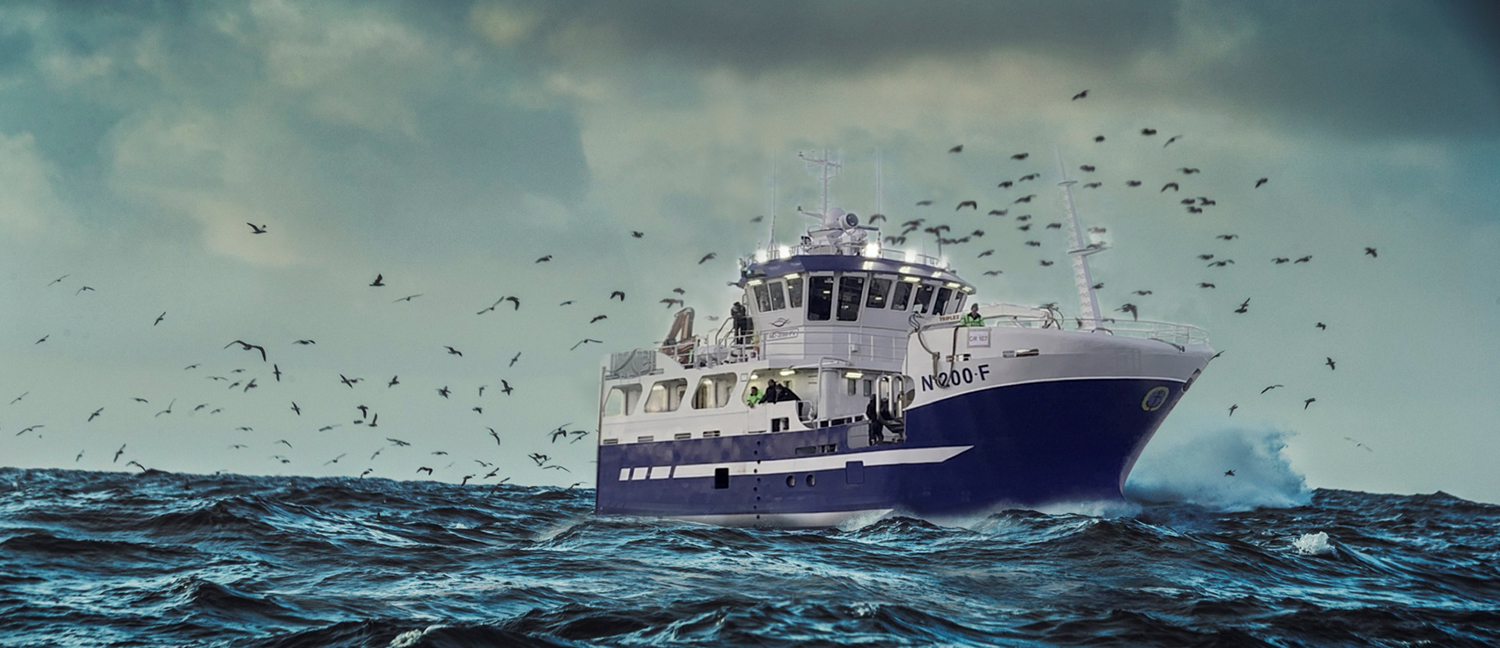
With climate talks heating up after COP27, more countries are committing to getting gas-powered vehicles off the road and making electric-powered vehicles mainstream. At the most recent climate conference, France and Spain joined the Zero Emission Vehicles Declaration (ZEVD) – a pledge from last year’s COP26 to stop sales of new gasoline-driven cars and vans by 2035 and transition to 100 percent zero-emission vehicles. The total number of signatories – which includes countries, municipalities and companies – now stands at 214, up from 130 a year earlier.
However, commercial fishing vessels are not part of this pledge, even though the marine fishing industry leans heavily on fossil fuels. In commercial fisheries, fuel is used for activities such as onboard processing, refrigeration and freezing, but in general, the most fuel-consuming activity is vessel propulsion.
Despite movements towards carbon neutrality, emissions from fishing vessels have quadrupled since 1950. A 2019 study published in Marine Policy revealed that 207 million tons of carbon dioxide (CO2) were released into the atmosphere by marine fishing vessels in 2016 alone. That’s almost the same amount of CO2 emitted by 51 coal-fired power plants in the same timeframe. Overall, the carbon dioxide emissions from the fuel burnt by fishing boats are 30 percent higher than previously reported.
“We found that global emissions intensity for 2016, on average, was 1.88 tons of carbon dioxide, compared to 1.5 tons in 1950. This is despite the fact that marine catches have been declining since the mid-1990s,” said Krista Greer, lead author of the study and a researcher with the Sea Around Us at the University of British Columbia. Greer and her colleagues used the Sea Around Us’ global catch and fishing effort database to calculate the amount of carbon dioxide emitted by each boat operating in each country’s different fishing sectors and the amount of CO2 emitted per metric ton of each fish those boats catch, also known as emissions intensity. “The emissions intensity of small-scale, artisanal and subsistence fleets has increased the most over the time period in terms of magnitude, but the industrial sector continues to be the greatest contributor to overall emissions.”
In their analysis, the researchers also found that the emissions intensity started to grow in the 1980s.
“Small-scale fisheries caught up with the industrial sector because artisanal and subsistence fishers began installing gasoline-powered engines on their boats,” said Dirk Zeller, co-author of the study and leader of the Sea Around Us – Indian Ocean at the University of Western Australia. “This means that there’s a need to think of emission reduction strategies, such as switching to small diesel-powered engines in small-scale fisheries.”
However, despite the lack of a global pledge to decarbonize commercial fishing vessels, some members of the seafood community are voluntarily introducing “greener vessels” to their fleets.
‘Building a pathway for decarbonization’
Oceans North, an environmental charity that supports marine conservation and climate action, and Membertou First Nation in Nova Scotia are teaming up on a project to develop the first generation of zero-emission lobster fishing vessels in Canada. On the heels of the devastation inflicted by Hurricane Fiona on the seafood industry, this project is perceived as a priority.
“The environmental changes taking place are a call to action for all governments and sectors – including Atlantic Canada’s largest commercial fishery and the boatbuilding industry that supports it,” said Oceans North Executive Director Louie Porta. “Fishers have an opportunity to lead the way towards a net-zero ocean economy, which will not only reduce emissions, but also reduce operation costs.”
According to Oceans North, the inshore lobster fleet in Nova Scotia provides an ideal opportunity to advance zero-emission propulsion systems: 70 percent of the inshore lobster fleet travels within 20 kilometers (12 miles) from shore and can be powered by battery electric systems. It’s estimated that the decarbonization of the inshore lobster fleet could displace 82 million kilograms of carbon dioxide – the equivalent of 20,000 cars – and provide new economic opportunities for Nova Scotia’s boat-building industry.
“Everyone has to reduce emissions as quickly as possible, and if we don’t, the ocean’s not going to be the same as it was or is today,” said Brent Dancey, director of Marine Climate Action at Oceans North. “This responsibility doesn’t fall on fishers – this is for the whole supply chain to solve.”
The first stage of the project has received $750,000 in funding – $500,000 contributed by the philanthropic division of Google.org and about $250,000 from RBC. Rimot, a Halifax-based technology company specializing in marine electrification, is working with Membertou First Nation to study how a conventional lobster boat typically uses energy during a fishing trip. The data will be used as a baseline that naval architects and other experts can use in the next stage of the project, which involves choosing hull designs, sourcing fuel cells and specifying electrical engine sizes.
Going forward, one of the related areas of study will involve how to set up charging systems in harbors to power boats and allow vessels to transfer unused energy back into the grid. Once the feasibility study is complete, the project team will apply for more funding to complete the design and construct the first boat, which will take an estimated two to three years to finish.
“We’re at the very beginning of the project,” said Dancey. “We’re figuring out how to integrate a system that’s already working in heavy-duty vehicles into this format of a lobster fishing vessel. So, it’s a commercial end-to-end demonstration in a real-world setting: from the charging infrastructure to fishing a day’s work.”
The cost of lobster boats will be approximately CDN $600,000 to $700,000 (U.S. $800,000 to $900,000), and an electrical boat would bring higher costs for its engine and other components. However, Dancey expects “governments to play a role in reducing that green premium” on the capital costs of building these boats, and he also says that early research indicates that there could be an ample return on investment over time.
“For the operating and maintenance, our initial numbers show it could be one-fifth the cost of operating [a diesel-powered vessel],” said Dancey. “Right now, diesel could be up to about 60 percent of the cost of operating a fishing vessel. So, this might be an opportunity to reduce that input, as the cost of electricity compared to diesel is about one-tenth.”
Another big benefit is that an electrified lobster vessel may improve working conditions for fishers. With no diesel-powered engine, the vessel will be silent.
“Imagine working all day on a lobster vessel with no noise,” said Dancey. “I think that benefit will be interesting to people. There won’t be any diesel exhaust coming from any motors. So there’s a great opportunity for electric vessels to provide a better workspace for fishers.”
Aside from the purported benefits, there’s another big reason to get on board now: so that the seafood industry doesn’t get “left behind” in a decarbonized world.
“Canada has net-zero legislation, and this means every sector will need to be decarbonized,” said Dancey. “There’s lots of focus on the heavy emitters like the oil and gas industry, but there’s now a shift to transportation. I took a sector that hasn’t been [as] involved in the conversation and wanted to try to get them to start thinking about building a pathway. This is an important part of the economy and people’s identity in Nova Scotia. I thought it would be an interesting place in the supply chain to start working on a solution, so they’re not left behind when it comes to building a pathway for decarbonization.”
If the prototype is successful, it’s anticipated that the model could be applied to other types of commercial fishing vessels.
“What makes this lobster fishery a good test bed is that it’s quite a straightforward daily operation,” said Dancey. “You leave from the same wharf and come back 10 hours later to the same wharf. These are the scenarios where electrification and batteries have happened. The big part of this is proving to people that this can work and that it is safe and reliable, and showing the benefits of electrification.”
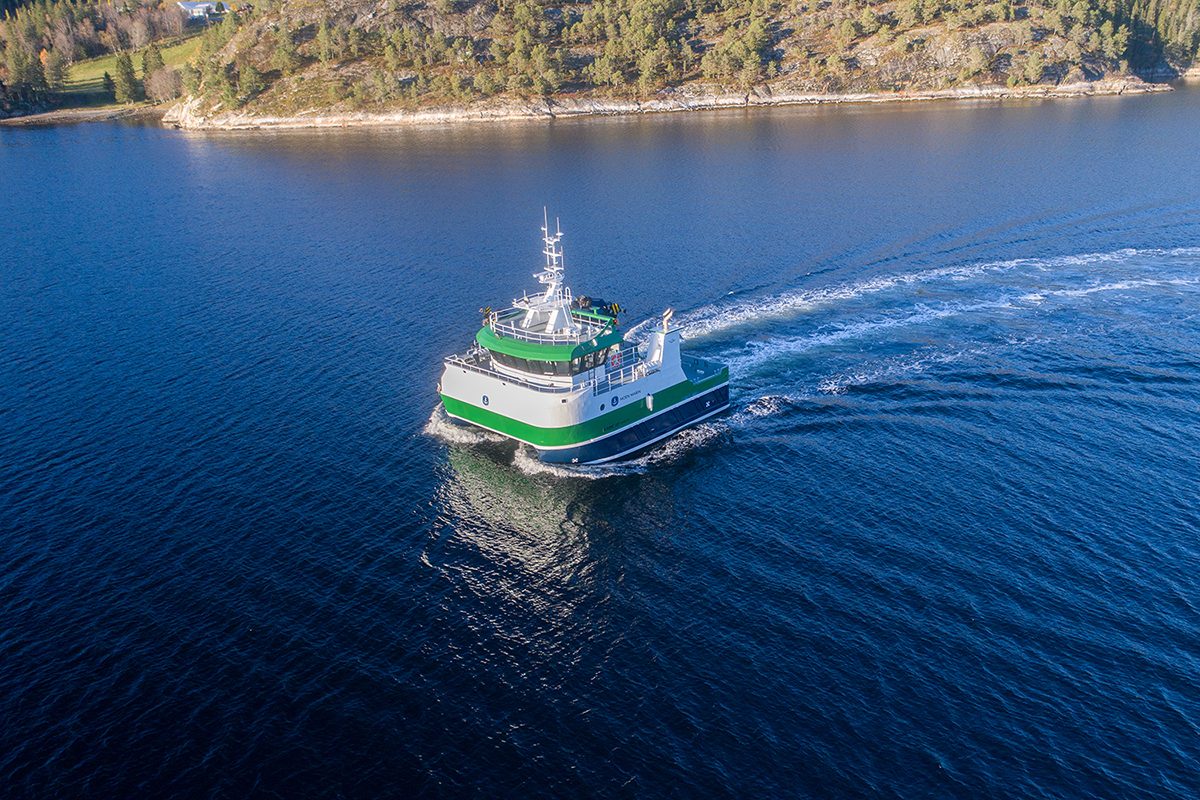
‘We want to lead’
Looking across the pond, Moen Marin, the world’s largest supplier of work and service boats to the aquaculture industry, has pivoted to electric hybrid propulsion. The company delivered its first hybrid fishing vessel in 2019, with the customer reporting “great advantages” to using the new greener technology.
“Our main focus the last years has been green vessels for the aquaculture industry worldwide,” said Lars Ivar Elvertrø, sales manager for Moen Marin. “There are major contributions that can be made by electrifying/hybridizing fisheries and the aquaculture fleet, and our motivation is not only to take part in it but to lead this technological development.”
The company has delivered 20 hybrid vessels since 2019 and will deliver approximately 50 hybrid vessels in 2023 and 2024, mainly to the aquaculture industry. There’s also been an increased demand for hybrid vessels for fisheries, mainly sized between 15 to 21 meters, both in Norway and abroad. Reflecting on these changing trends, Ivar Elvertrø said that the demand is driven by both economic and regulatory changes, along with incentives.
“Operating smarter both in terms of the environment, emissions, fuel economy and digitization is something that customers see as a benefit,” he said.
According to Moen Marin’s calculation, its most popular aquaculture workboat (NabCat 1480) can reduce CO2 emissions by 200 tons a year if powered by electricity instead of fossil fuels. Other advantages include less exhaust gas, less noise and vibrations and overall improved working conditions for the crew.
This responsibility doesn’t fall on fishers – this is for the whole supply chain to solve.
“Every hour you go electric with a hybrid boat reduces the corresponding emissions, consumption and service costs compared to operating a diesel engine,” said Ivar Elvertrø. “How much you save in terms of emissions and economy naturally depends on how the boat’s operating profile is.”
For instance, the fishing vessel delivered in 2019 with the electric hybrid propulsion solution reduces greenhouse gas emissions by approximately 25 percent and runtime on diesel engines by as much as 75 percent, which “significantly improves the working environment on board.” As part of its smart features, the vessels have energy-efficient heating through heat recovery from the diesel generators and the entire 150 cubic meters of cargo space.
“With the technology development since 2019 until today, there will be far greater savings, mainly because we are now installing more efficient and larger batteries on board,” said Ivar Elvertrø.
In terms of hurdles to taking up the technology, Ivar Elvertrø said unfamiliarity or uncertainty with the new systems can inhibit widespread adoption, but that the lack of charging infrastructure and cost are the biggest pain points. However, some governments are trying to offset this: in Norway, for instance, the Enova fund provides financial incentives for those who invest in green technology for fisheries and aquaculture.
“This arrangement has made Norway a leader in the green technology shift, and it takes some risk out of the investment,” said Ivar Elvertrø. “From 2022, all vessels from Moen Marin will be delivered with hybrid propulsion, which also shows that we are looking forward to even better, more efficient and greener solutions.”
The company is also introducing ePower-products – shore-power battery packs to all types of vessels and equipment. Basically, it’s a portable supercharger that enables the charging of vessels in places where the power grid does not currently reach. The company has other projects on the horizon.
“Moen Marin is also part of a project where we, together with our partners, will now build the world’s first hydrogen-powered workboat for the aquaculture industry,” said Ivar Elvertrø. “2023 will be interesting!”
Being the ‘first mover’
Norwegian fish transport company Rostein AS is another early adopter, with two hybrid wellboats (Ro Vision and Ro Venture) currently in use and another (the Ro Senja) on the way. Glen Bradley, Vice President of Rostein AS, said the company initially rolled the dice on ordering the first hybrid wellboat a few years ago, but fortunately, it was “a good gamble” – the Ro Vision wellboat is working “better than we had hoped for.”
“To be innovative and the first mover has always some risk and cost to it, but we had been monitoring the hybrid scene for many years and concluded that battery technology was mature enough to try out now,” said Bradley. “After that decision, we had to move fast – the Ro Vision was initially planned for a standard four-engine diesel-electric setup, but we re-engineered it into a three-engine and 650-kW setup. The battery package works seamlessly with the three-diesel generator, all connected by the electrical switchboard.”
Bradley explained that, as a responsible business, Rostein is “passionate” and motivated to start early on finding more sustainability solutions. But other factors played into the company’s decision to make the switch.
“For the last four to five years, we have seen an increased customer focus on salmon CO2 footprint and this has been additionally boosted by the increased energy prices which we currently are experiencing,” said Bradley. “So fuel usage, emissions and green technology is much more a natural part in contractual discussions these days. The demand is thus growing and the higher fuel prices shorten the payback on many of the improvement steps that should be taken in the industry.”
Currently, Rostein is undertaking a long-term study of each operation and “working on getting correct and specific details which can help us compare the energy performance” with traditional vessels.
“But we have already made up our mind – our gut feeling and experience so far motivates us to continue with hybrids for future builds with diesel-electric arrangements,” said Bradley. “We are part of this winning team, but we always try to see what positive changes Rostein can contribute to in our part of the value chain.”
Follow the Advocate on Twitter @GSA_Advocate
Now that you've reached the end of the article ...
… please consider supporting GSA’s mission to advance responsible seafood practices through education, advocacy and third-party assurances. The Advocate aims to document the evolution of responsible seafood practices and share the expansive knowledge of our vast network of contributors.
By becoming a Global Seafood Alliance member, you’re ensuring that all of the pre-competitive work we do through member benefits, resources and events can continue. Individual membership costs just $50 a year.
Not a GSA member? Join us.
Author
-

Lisa Jackson
Associate Editor Lisa Jackson is a writer based in Hamilton, Canada, who covers a range of food and environmental issues. Her work has been featured in Al Jazeera News, The Globe & Mail and The Toronto Star.
Related Posts
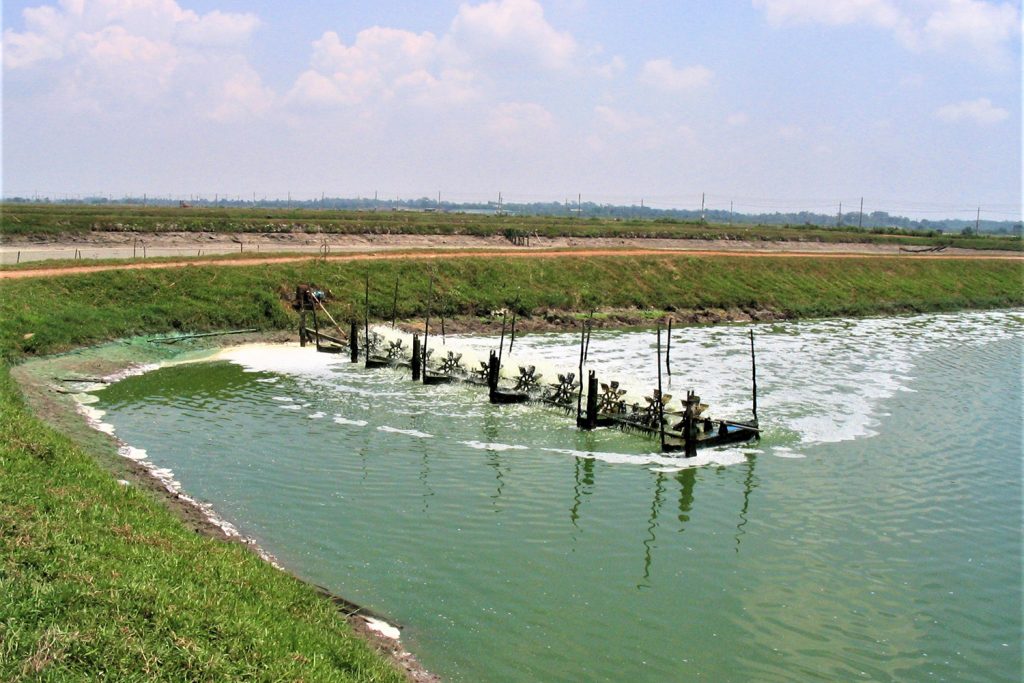
Responsibility
A comparison of resource use in shrimp farming, part 3: Energy
In part three of this series, the authors say lower energy use in shrimp farming requires producers to focus on water exchange and aeration.
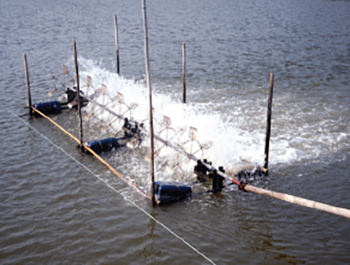
Responsibility
Efficiency of mechanical aeration
Although relatively expensive, mechanical aeration increases production. Asian-style paddlewheel aerators are widely used but are inefficient. Testing has led to more efficient designs that are now widely used in U.S. catfish and shrimp ponds.
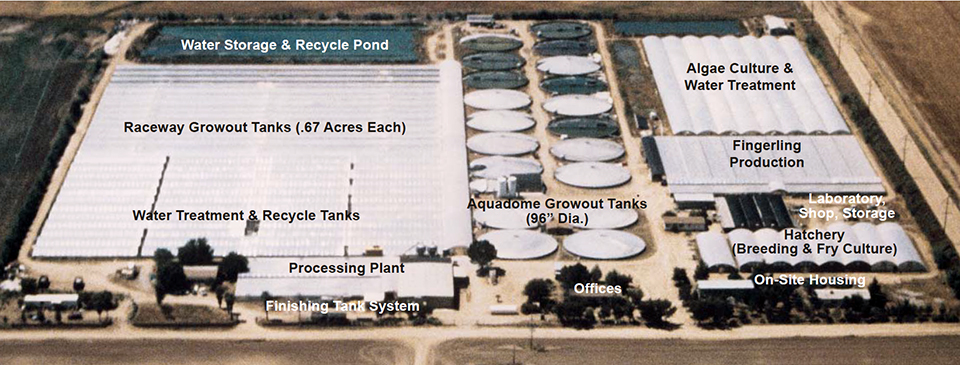
Intelligence
Closed-cycle, controlled environment systems: the Solar Aquafarms story
Solar Aquafarms developed an innovative, low-cost method for growing fish and shrimp in closed-cycle, controlled environments in California.
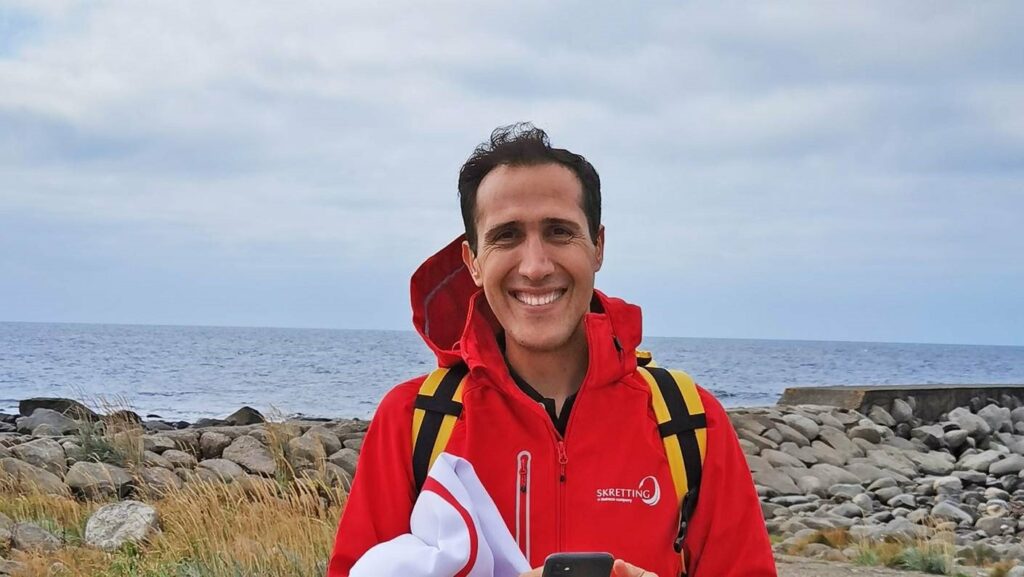
Responsibility
‘Do more and do better’ – Sustainability manager discusses Skretting’s ambitious agenda
Aquafeed giant Skretting recently appointed Jorge Diaz as its sustainability manager to advance its ambitious sustainability agenda.


